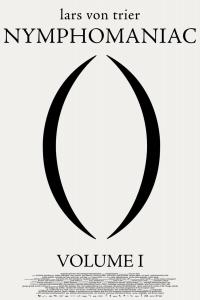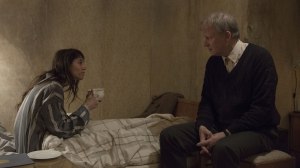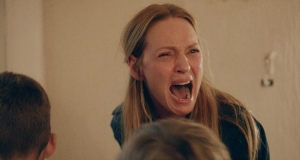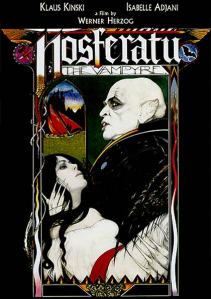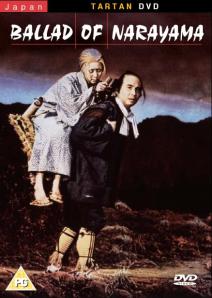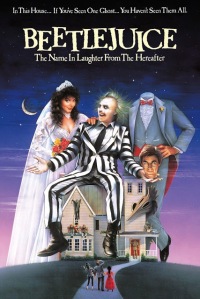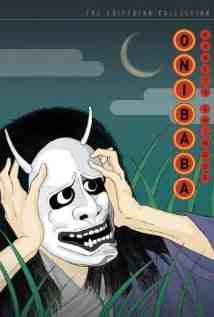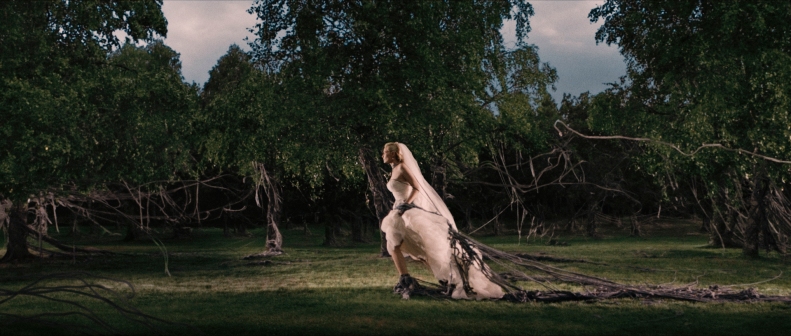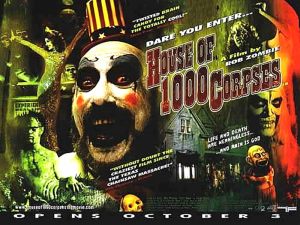2014, Lars von Trier, dir.
By Rachel Kendall
Now that 50 Shades has hit our screens (and our newspapers, twitter feeds, blogs, magazines etc etc etc) I thought I’d better get on with my review of the second part of Nymphomaniac. As far as hype goes, I don’t remember the last time a film has whipped up such a storm. Obviously whether 50 Shades of Grey is any good or not is of the least significance when it comes to lathering up an audience. It’s all about the marketing, that’s all. Oh, and the bondage. Suddenly BDSM has gone mainstream, to a mixed reaction. There are those who argue for the culture of BDSM, whose reputation they feel the film has damaged, and there are others who sigh loudly at its boring/vanilla attempt to shock. I haven’t seen the film. Neither have I read the book, so I can’t comment. Generally, when a film gets a lot of Hollywood hype, I run the other way.
It’s not that I don’t like films about relationships, sex and the psyche. It’s just that I like such films to have more meat than gloss. If you want to see a study of abuse, watch the heart-breaking Tyrannosaur. If you want a film about loveless sex watch Intimacy. Read The Sexual Life of Catherine O, de Sade’s Justine or Juliette or any Henry Miller book.
Or you could watch Nymphomaniac – Lars von Trier’s cold study of addiction, depression and denial. I have to admit I watched this volume a few weeks ago but, unlike the first part, I didn’t feel compelled to scribble a review straight away. I think volume 1 had me engrossed but the second one was just a continuation.
In part two, Joe has ‘grown up’. She’s become a fully-fledged nymphomaniac (not a sex addict, as she’s quick to retort!) with all the self-loathing that comes with using the body for pleasure alone. Although there is more happening in her life now, with the advent of domesticity and the kind of experience in matters of sex that few could compete with, this part feels more like a list of sexual deviances… von Trier is ticking the boxes. It’s all actually quite tame and considering how much you get to see I was quite surprised that the film stopped short at some of the more outlandish varieties.
There’s a real sense of detachment here, something I guess is shared with most thrill-seekers. Almost all of the characters are known only by a letter, which has the effect of reducing them to something of less worth than anonymous beings; it makes them controlled anonymous beings. This in itself falls in line with the simple notion of sadomasochism, that when not in the moment – the orgasm, the pain, the anything that takes one above the ever-rising threshold – there is very little of worth or enjoyment at all. Only destruction through the guise of pleasure brings a semblance of living, rather than existing.
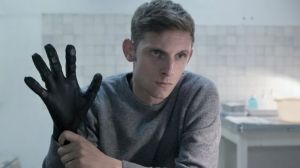
Jamie Bell in Nymphomaniac
But the thrill-seeker has to keep upping the ante. So the threesomes, the same-sex romps, the beatings and bondage all become boring and eventually masochist turns to sadist just to feel normal. And Joe continues to learn with every new experience though her body (now bearing the scars of abuse) remains a piece of meat to be discussed, argued over, dissected into rump, breast and thigh.
But then along comes P, Joe’s beautiful, enigmatic protégé (played by Mia Goth). Gorgeous as the troubled schoolgirl just waiting to be manipulated, Goth’s character brings a raw fragility to rival the jaded older woman. She brings the twist and shout to a film on the verge of becoming boring. And what an exquisitely cruel twist it is.

Mia Goth as P
I enjoyed Nymphomaniac 1 and 2. I think these are very Trieresque films. In fact, you can list his recurring themes – female protagonist (Dancer in the Dark, Dogville etc), chaotic mental states (Melancholia, Nymphomaniac, Antichrist, Medea), attempted therapy/recovery (Breaking the Waves, Antichrist)… I do feel he could say his piece in two hours though, rather than 4. Von Trier fans will probably like this, but I’m not sure about other viewers, who may find it a little too analytical. It’s no 50 Shades and although it received its fair share of hype, people won’t have flocked to see it. But its characters, its scenarios, its re-visited mistakes, make this a flawless portrayal of a complex human psyche.
